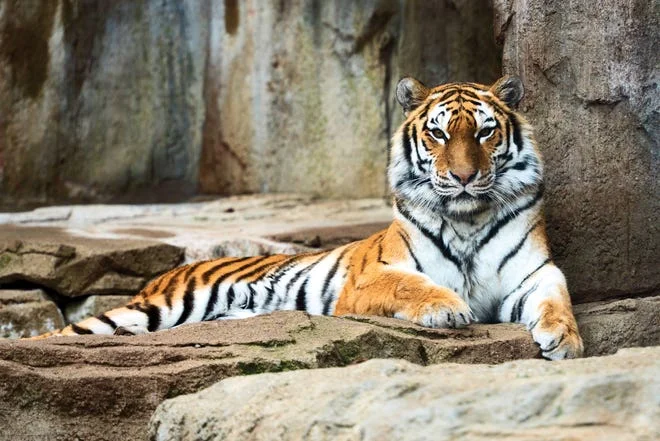
Potawatomi Zoo Launches Exciting Campaign For New Amur Tiger And Leopard Exhibits
The Potawatomi Zoo is making significant strides in enhancing the living conditions of its residents—specifically, the majestic Amur tigers and leopards. This summer marks the groundbreaking of a new exhibit, titled Big Cat Tracks, which aims to create a more naturalistic habitat for these incredible animals. With a budget of $5.5 million, this initiative is not just important for the zoo itself but also for the conservation efforts surrounding these endangered species.
The new exhibit, strategically placed on a two-acre expansion acquired from the city, is the first major expansion for the Potawatomi Zoo since its founding in 1921. “We’re so excited about this project,” said Executive Director Josh Sisk. “It’s a fantastic chance to provide big cat species like tigers and leopards with larger, more natural habitats.” This transition aligns with the zoo’s commitment to modernizing animal care while prioritizing visitor experience.

Incorporating elements like water features that tigers can enjoy and climbing structures for leopards will allow these animals to engage in natural behaviors that are crucial for their wellbeing. Phase 3 of the zoo’s master plan also includes the addition of new Eurasian species such as Sika deer, tufted deer, and white-naped cranes, creating a richer environment for both wildlife and visitors.
Funding for Big Cat Tracks has seen generous contributions from both private and public sectors, which includes $1 million from the state via the READI program. “We raised about $3 million during the quiet fundraising phase, which is more than halfway towards our target,” Sisk noted, emphasizing the need for continued support to wrap up the remaining funds needed to push the project to completion. Although construction will commence this summer, the zoo is still calling for donations to finalize their financial strategy.
Essentially, the Big Cat Tracks initiative heralds a new chapter not only for Potawatomi Zoo but also for wildlife conservation. It sets a precedent for the humane treatment of such extraordinary creatures, emphasizing the importance of their natural environments in captivity. Moreover, the introduction of visitor-friendly amenities will enhance experiences and education, further supporting conservation awareness.
As we look forward to the unveiling of this exciting exhibit in 2026, we have to ask ourselves: how can we, as a community, continue to support such vital projects? Share your thoughts in the comments below and let’s foster a discussion about wildlife conservation and the role of our local zoos.